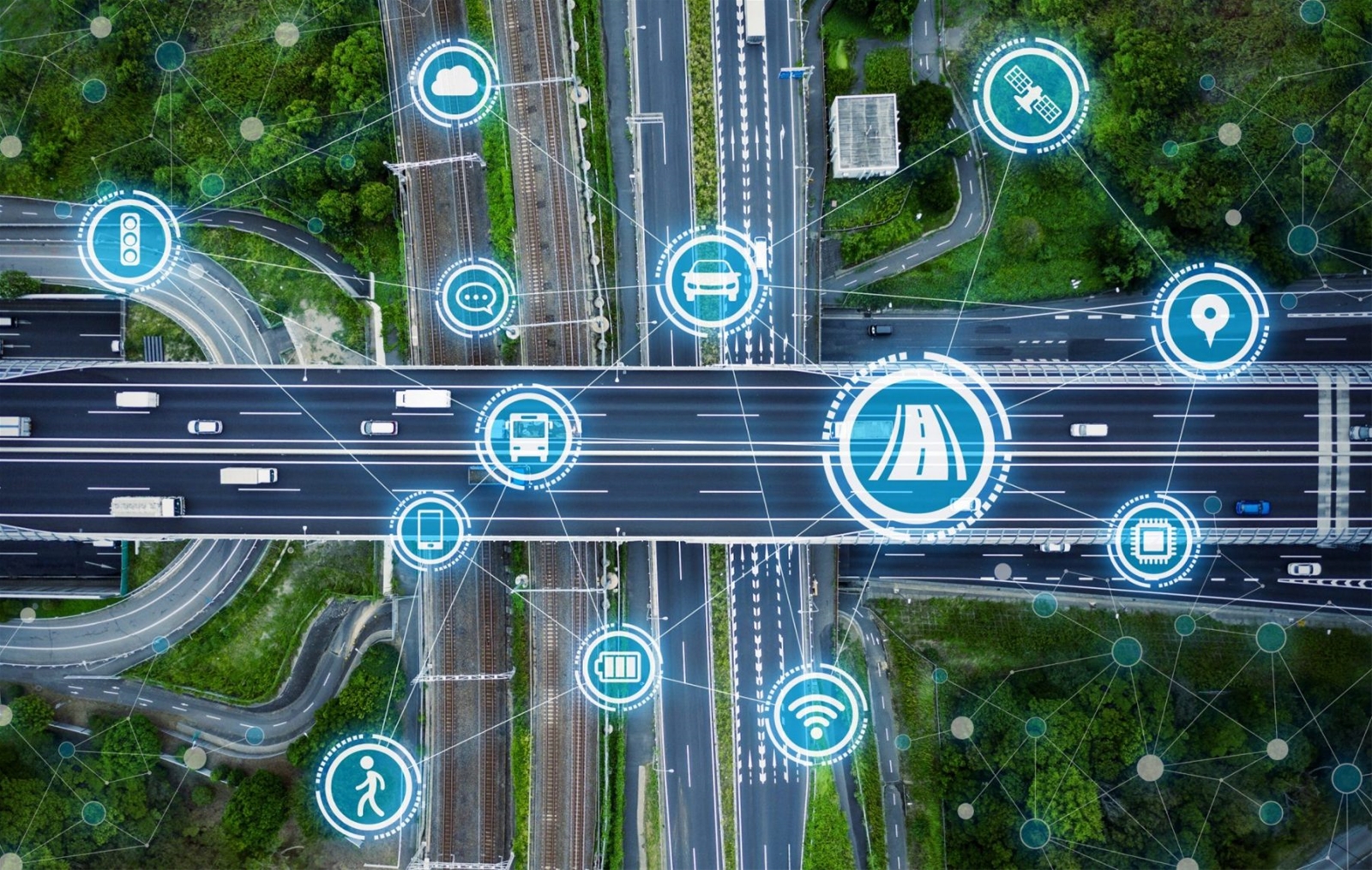
Vietnam boasts one of Southeast Asia’s fastest-growing economies and one of the most rapid rates of urbanisation in the region. The breakneck expansion of cities comes with a set of unique challenges, but also with exciting new opportunities to ensure growth that is inclusive, sustainable, and above all, green.

Creating such green and smart cities will allow Vietnam to ensure economic growth and sidestep the environmental pitfalls of rapid urbanisation seen elsewhere. The Global Green Growth Institute (GGGI) is working with the Vietnamese government to help make this vision a reality.
What is a green city? For the GGGI, green cities combine several features, but essentially, a green city is one that minimises resource use and pollution, and uses the latest technology to constantly strive to be the best place to live, both for the citizens and the environment. The Vietnamese government has made both green cities and smart cities a top priority in its development plans. It has launched the urban green growth development plan, urban green growth indicators (with the GGGI’s support), and a smart city strategy. Over 30 cities have made steps to become green equivalents, including Hanoi, Ho Chi Minh City, and Danang.
Solution-driven policies
There are a few key areas that Vietnam should focus on to develop its green cities, all within reach.
First is energy. Green cities offer solutions to how cities are powered. For example, smart meters and grids allow households to monitor their consumption of electricity and ensure appliances are switched off when not needed – like turning off your home air conditioner when you leave the house. Also, renewable energy generated via rooftop solar panels can be sold back to the grid or drawn down for self-consumption.
To address the financing gap for these types of projects, the GGGI is currently developing a solar financing facility to be launched later this year to see rapid upscaling of solar rooftops across Vietnam.
Ho Chi Minh City is one of Vietnam’s leading cities in terms of economic development, but also in green growth. By the end of 2018, over 900 households, offices, and enterprises had installed rooftop solar power, increasing total installed capacity over 50 times compared to five years ago.
Though small overall, this is a great step in the right direction as solar rooftops are still at very early stages of development in Vietnam due to a lack of supporting policies, but with huge potential. Vietnamese cities can also look to smart systems for lighting. One example is solar, energy-efficient light-emitting diode street lighting that adjusts the level of lighting remotely and automatically notifies maintenance needs.
It is crucial for the main grid to be decarbonised. Vietnam needs to continue the successes we have seen recently in solar development with over four megawatts being installed in two years, while scaling-up wind power and a strengthening of the grid to dispatch power to where it is needed most – in the cities. The cost of renewables continues to fall and by embracing this energy revolution, cities can be powered cleanly and more efficiently while creating green jobs and boosting economic growth.
The second area is transport. Intelligent transport systems that manage traffic flows based on volume and provide live information can reduce journey times while enhancing safety and encourage the increased use of public transport, all while reducing harmful emissions.
Hanoi is already planning to build up a smart traffic management system like this. A bus app has been launched for users to find the best route, and buses are equipped with GPS systems and cameras to provide information back to the centre on traffic and timing of buses being displayed at bus stops. This is a great first step, but cities across the country should also prioritise electric mobility to cut pollution and improve air quality. It is great to see that Vietnam’s automobile manufacturer VinFast, together with Germany’s industrial manufacturing company Siemens, will be producing electric buses in Vietnam, which will support this necessary transport evolution.
The third area is waste. Green waste management promotes recycling, avoids the congested collection of waste generated domestically, reduces human labour and time spent sorting recycling, and only collects waste when needed, resulting in a healthier environment.
After waste has been recycled and composted (in the case of organic matter), the remainder can be used to generate electricity. The GGGI is working on this “waste as a resource” approach in the northern province of Bac Ninh, partnering with local authorities as well as the Finnish government and developer Thang Long to support the launching of a $60 million, 10 megawatt waste-to-energy plant that will process up to 500 tonnes of waste a day using the latest Finnish technology.
Crucial to any waste management system is household separation of waste – an area in which Vietnam lags and therefore is a key priority for the future.
Number four is air quality. Among the many environmental challenges facing cities, air quality is especially difficult to manage. Hanoi and Ho Chi Minh City regularly exceed the safe limit for air pollution as defined by the World Health Organization. Indeed, Hanoi was ranked second-worst for air quality in Southeast Asia in 2018.
This has been attributed to the five main factors of coal power, heavy industry, road transportation, construction, and the open burning of agricultural and municipal waste.
The negative impacts of air pollution include the elevated risk of cardiovascular problems like heart disease, stroke, and acute asthma. Studies have shown that life-long exposure to air pollution can shave years from life expectancy, with children and the elderly being the most vulnerable.
Awareness and protection
The development of more advanced sensors, analytical tools, and communication campaigns are allowing cities to make their citizens more aware of the environment, engage residents in reducing pollution, and address the health outcomes of poor air quality.
By distributing a data-collection network throughout a city, cities can develop smarter, more timely responses to pollution. By rolling out clean public transportation, tackling heavy industry, and prioritising renewable energy, air quality can be improved. This will greatly impact the lives of citizens, but also reduce pressure on health services, and lower lost economic output due to poor air quality.
To make green, smart cities a reality, the GGGI will continue to work with the Vietnamese government, from national to city level, to create an effective enabling environment through clear policies as well as fostering partnerships with tech and green infrastructure companies.
By doing so, we will see Vietnam’s cities at the heart of building Vietnam’s green economy and achieving the Sustainable Development Goals as well as the goals of the Paris Agreement. We are currently facing a crucial juncture in Vietnam’s impressive development trajectory, and must continue to work together to make sure that growth in cities is both green and smart.

















